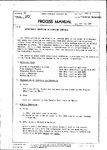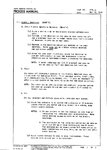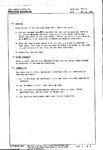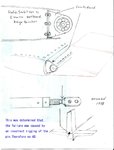- Thread starter
- #21
VALENGO
Senior Airman
Modellers of the world!!: say goodbye to all those useless riveting tools!!.
I was focused on Me 410´s and never realised that other german ships don´t exhibit rivets ( Komets!).
Well, a new deployment of knowledge that exceeds the humble view of an enthusiast. Thanks to all for the info.
I was focused on Me 410´s and never realised that other german ships don´t exhibit rivets ( Komets!).
Well, a new deployment of knowledge that exceeds the humble view of an enthusiast. Thanks to all for the info.





